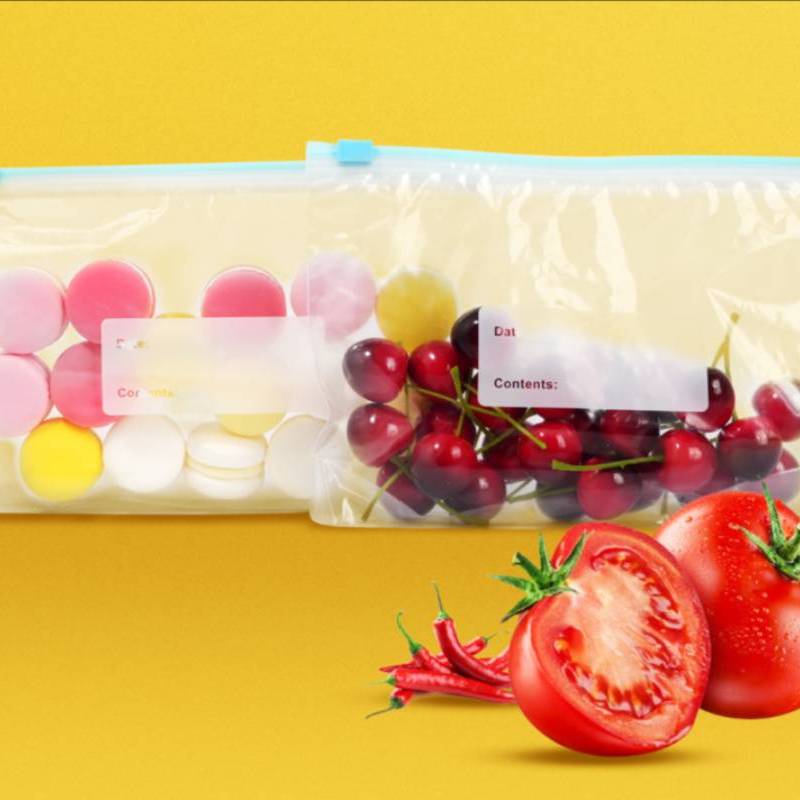Versatile Uses and Benefits of Stretch Film Plastic in Packaging and Protection
The Versatility and Importance of Stretch Film Plastic
In our modern world, packaging plays a crucial role in ensuring that products reach consumers in optimal condition. Among the myriad of packaging materials available, stretch film plastic has emerged as one of the most practical and effective solutions. This type of plastic film, characterized by its elasticity and strength, has revolutionized the way we bundle and protect goods, whether in warehouses, during transport, or for retail display.
Stretch film plastic, often simply referred to as stretch film, is a highly stretched plastic film typically made from linear low-density polyethylene (LLDPE). When wrapped around a product or a group of products, the film clings to itself, providing a protective layer that guards against dust, moisture, and physical damage. Its ability to stretch up to 300% of its original size allows it to envelop items tightly while maintaining its integrity, making it suitable for a wide variety of applications.
One of the most significant benefits of stretch film plastic is its versatility. It is used extensively in industries such as manufacturing, food and beverage, pharmaceuticals, and e-commerce. In manufacturing, for instance, large machine parts and equipment can be effectively secured and protected during shipping. In the food industry, stretch film serves to keep products fresh by creating a barrier against air and moisture, critical factors in spoilage. For e-commerce businesses, stretch film offers an efficient means of packaging products for delivery, ensuring they arrive intact.
The economic advantages of using stretch film plastic are also noteworthy. Its lightweight nature can significantly reduce shipping costs, as the added weight of traditional packaging materials is minimized. Moreover, stretch film is often more affordable than rigid packaging options like boxes or crates. This cost-effectiveness is particularly beneficial for businesses looking to optimize their budgets while maintaining product quality.
stretch film plastic

However, the environmental impact of stretch film plastic has garnered increasing attention in recent years. Traditional polyethylene films are not biodegradable, and improper disposal can contribute to environmental pollution. In response to growing concerns, manufacturers are developing more sustainable options, such as biodegradable stretch films and those made from recycled materials. These innovations aim to provide the same protective qualities without compromising environmental integrity.
Another interesting aspect of stretch film plastic is its range of types and thicknesses available in the market. From hand-held dispensers for smaller items to machine-grade films for large-scale operations, there is a stretch film solution for nearly every requirement. Additionally, printed stretch films can be used for branding, allowing businesses to promote their identity even while shipping products.
The application of stretch film plastic is not solely limited to industrial use. It has also found a place in everyday life. Home improvement enthusiasts and DIY lovers can utilize stretch film for various projects, from protecting furniture during moves to bundling items for storage. Its self-adhering properties and robustness make it an invaluable tool in organizing and safeguarding personal belongings.
In conclusion, stretch film plastic is a remarkable material that plays an essential role in packaging and product preservation across multiple industries. Its beneficial properties—such as elasticity, strength, cost-effectiveness, and versatility—make it a go-to solution for businesses and individuals alike. While environmental concerns are valid, the industry's shift towards sustainable alternatives highlights a commitment to improving packaging practices. As we continue to innovate and adapt to new challenges, stretch film plastic is likely to remain a vital component of the packaging landscape, evolving alongside the needs of consumers and producers. Its significance in protecting goods and ensuring their safe transit cannot be understated, making it a fundamental element of our economic infrastructure.
-
The Best Uses for Small Trash Bags in Daily LifeNewsJul.01,2025
-
Stylish Reusable Grocery Bags TrendsNewsJul.01,2025
-
Shipping Advantages of Using Bubble Envelopes BulkNewsJul.01,2025
-
How Compostable Mailing Bags Reduce Environmental ImpactNewsJul.01,2025
-
Environmentally - Friendly Bulk Poly MailersNewsJul.01,2025
-
Eco Friendly Custom Laminated Tote BagsNewsJul.01,2025
-
Have the freedom of customizing your custom mailers any way you want! Our dedicated packaging support will help deliver you the mailing experience you need to elevate your shipping experience to the next level! Start making a strong impression on your customers and stand out from your competitors! -
LIYA uses high quality raw materials which directly purchased from large enterprises domestic and overseas such as PetroChina, Sinopec, Sabic, Equate, ExxonMobil, Dow Chemical, Total, and Borouge, ensuring the price advantage and quality of the raw materials. -
LIYA uses high quality raw materials which directly purchased from large enterprises domestic and overseas such as PetroChina, Sinopec, Sabic, Equate, ExxonMobil, Dow Chemical, Total, and Borouge, ensuring the price advantage and quality of the raw materials.





